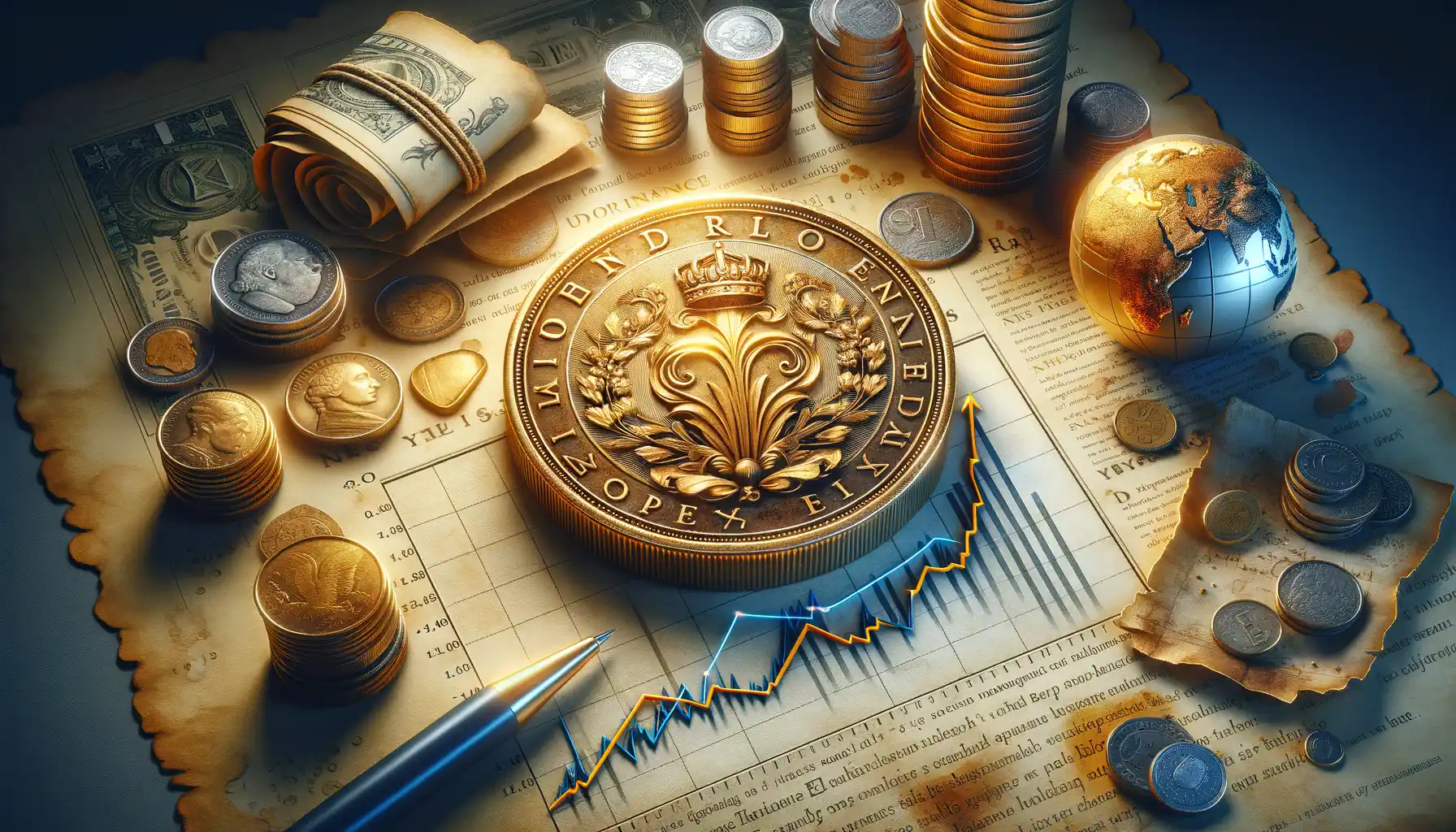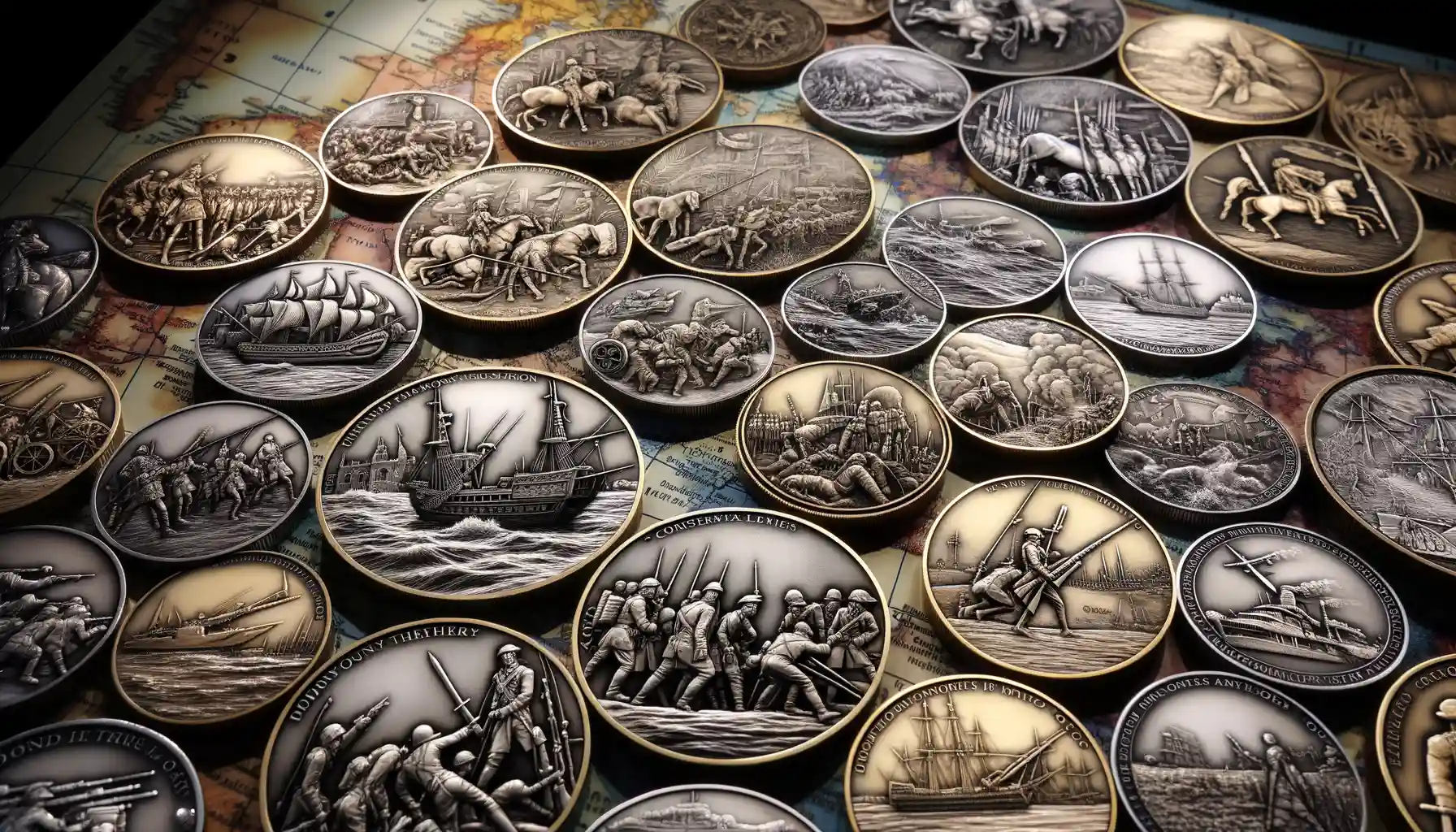Understanding the Basics of Mintmarks
What Exactly is a Mintmark?
Imagine holding a coin in your hand – now, look closely. Somewhere on its surface lies a tiny symbol or letter you might have overlooked. That’s the **mintmark**, the subtle storyteller of a coin’s origin. Whether it’s a small “D” for Denver or an intricate mark from a centuries-old mint in Europe, this unassuming detail reveals where the coin was struck. Like finding an artist’s signature, spotting these marks can feel thrilling, especially when they’re rare or unique to a specific time period.
Mintmarks aren’t always bold or obvious. Sometimes they hide near the date, under a design element, or along the edge. For beginners, chasing down their locations can feel like a treasure hunt. Why so sneaky? Historically, some mints kept their identifiers low-key to discourage counterfeiting or tampering.
The Variety of Mintmark Styles
Not all mintmarks are created equal. Here are a few fascinating types you might encounter:
- Letters: A single letter like “S” (San Francisco) or “M” (Mexico City).
- Symbols: From stars to lions, older world coins often use ornate shapes.
- No marks: Some coins skip the mintmark altogether, which itself can be a clue about their origin!
Every mark has its own story, just waiting for keen eyes to uncover!
Significance of Rare World Mintmarks

Why Rare Mintmarks Tell Stories
Every rare mintmark carries a heartbeat—a whisper from the past that connects us to the hands that struck the coin and the history it traveled through. These tiny engravings, often overlooked by the casual observer, are far more than just stamps of production. They’re like fingerprints, revealing the origin of a coin and sometimes even its journey across decades, oceans, and empires.
Take, for instance, the elusive “C” mintmark from Charlotte, North Carolina—a standout from the days of the 19th-century gold rush. Finding one of these coins feels like unearthing buried treasure, echoing an era when miners dreamed of striking fortune.
The Value Hidden in Scarcity
So what makes a mintmark “rare”? Often, it’s a perfect storm of limited production runs, unique geographic locations, or even changing political climates. A few standout examples:
- “CC” (Carson City): Known for its striking Wild West charm, the “CC” mintmark hints at silver riches flowing from Nevada’s Comstock Lode.
- “SA” (Pretoria, South Africa): Linked to historical transitional periods during South Africa’s minting shifts in the 20th century.
- “H” (Heaton): A signature of small batch productions from the Birmingham-based Heaton Mint in England.
Uncovering these mintmarks doesn’t just grow your collection; it deepens your connection to the stories they tell—stories of hope, ambition, and fleeting moments captured in metal.
Steps to Identify Rare Mintmarks
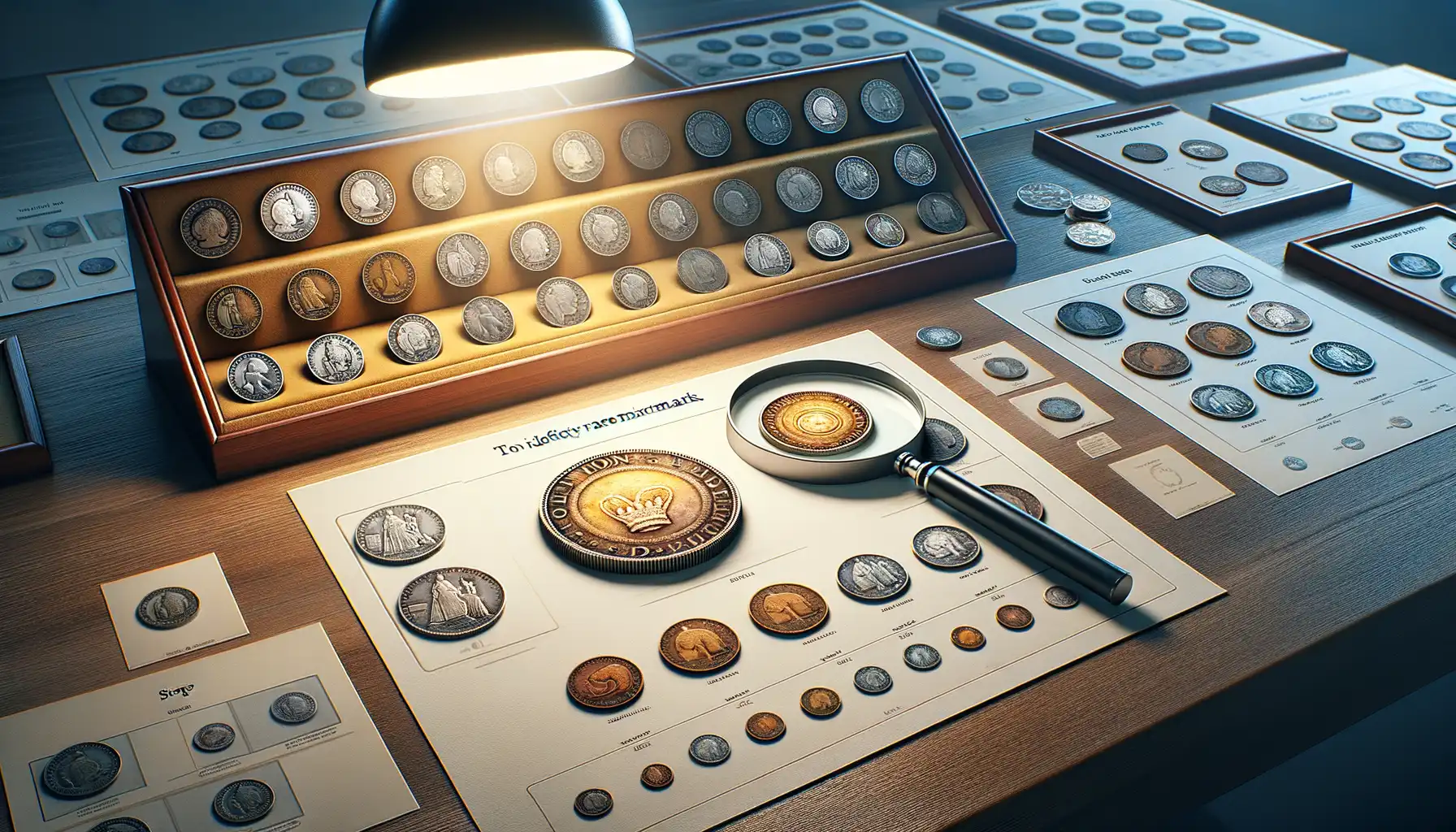
Uncover Hidden Gems: Examining Mintmarks Up Close
Spotting a rare mintmark can feel like discovering buried treasure. To begin, arm yourself with the essentials: a high-powered magnifying glass and adequate lighting, because some mintmarks are notoriously small or faint. Position your coin so its surface gleams under the light—details often emerge under just the right angle.
Pay close attention to the coin’s reverse or obverse side (depending on its origin). Some mintmarks hide in plain sight: beneath portraits, tucked near dates, or snuggled along the rim. Look for symbols, letters, or even tiny designs that might indicate a specific mint. For example, the tiny “D” for the Denver Mint or the exotic “M” used by Mexico City.
- Consult reference guides: specialized catalogs reveal known mintmark positions for world coins, saving you hours of guesswork.
- Know your mints: countries like India, Japan, and Australia boast multiple mints, each with unique identifiers.
Recognizing the Tell-Tale Signs of Rarity
Here’s where it gets thrilling! Rare mintmarks aren’t always bold or extravagant—they’re often subtle anomalies. Misshaped letters, double strikes, or unusual placement can transform an ordinary coin into something extraordinary. Always question the unusual. Is a letter unusually tilted? Does an unexpected symbol appear? These quirks can signal a rarity worth investigating further.
Commonly Misidentified Mintmarks
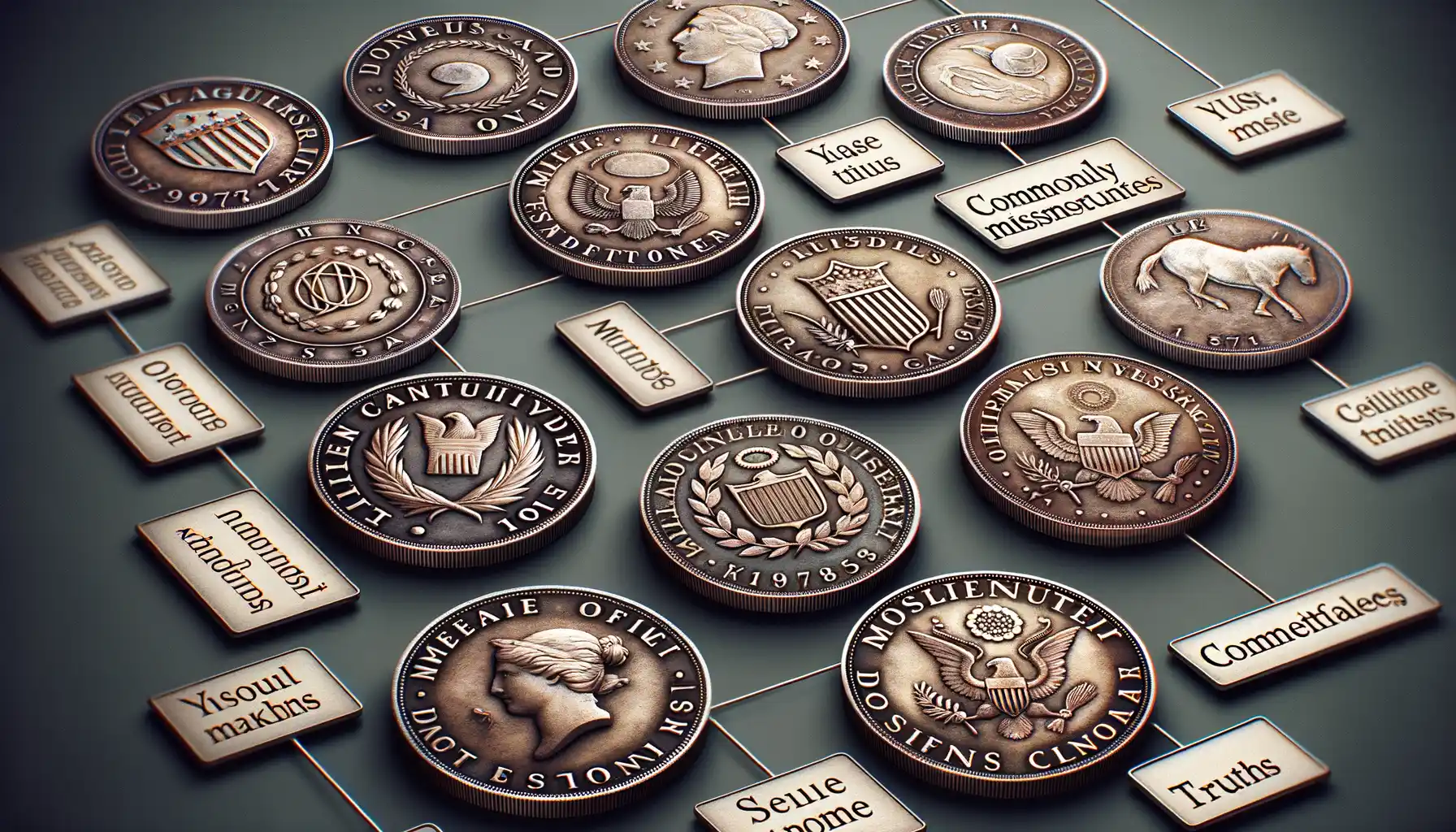
Spotting the Sneaky Look-Alikes
Not all mintmarks are what they seem. Some can send even seasoned collectors down the rabbit hole of misidentification. It’s easy to mistake one tiny letter for another or confuse worn details on coins with non-existent mintmarks. Let me paint you a picture—holding an old, tarnished coin, your heart races as you spot a seemingly rare mintmark, only to later discover it’s a common, mistaken “doppelgänger.” Ouch, right?
Here are some sneaky examples that trip up even sharp eyes:
- S vs. 5: Faded mintmarks can make an “S” look strikingly similar to the number “5.” A magnifying glass is your lifeline here.
- O vs. a scratch: Sometimes, an innocent ding in the coin’s metal mimics the distinct round edge of an “O.” Patience (and good lighting) are key.
- Overlapping marks: In older coins, double-struck mintmarks can create optical illusions that resemble something much rarer!
The Curious Case of Misplaced Mintmarks
Did you know some coins feature what collectors call “phantom” mintmarks? These are subtle shadows caused by production quirks, making you second-guess everything. For example, a faint impression where no mintmark should exist can spark wild (and often inaccurate) theories about its origin. It’s like a treasure map with a misleading “X”!
The trick? Trust your tools—things like high-resolution magnifiers, minting guides, and even professional grading. Remember, every collector has fallen for these traps at least once. Keep learning, keep inspecting, and let those real rarities reveal themselves!
Resources and Tools for Collectors
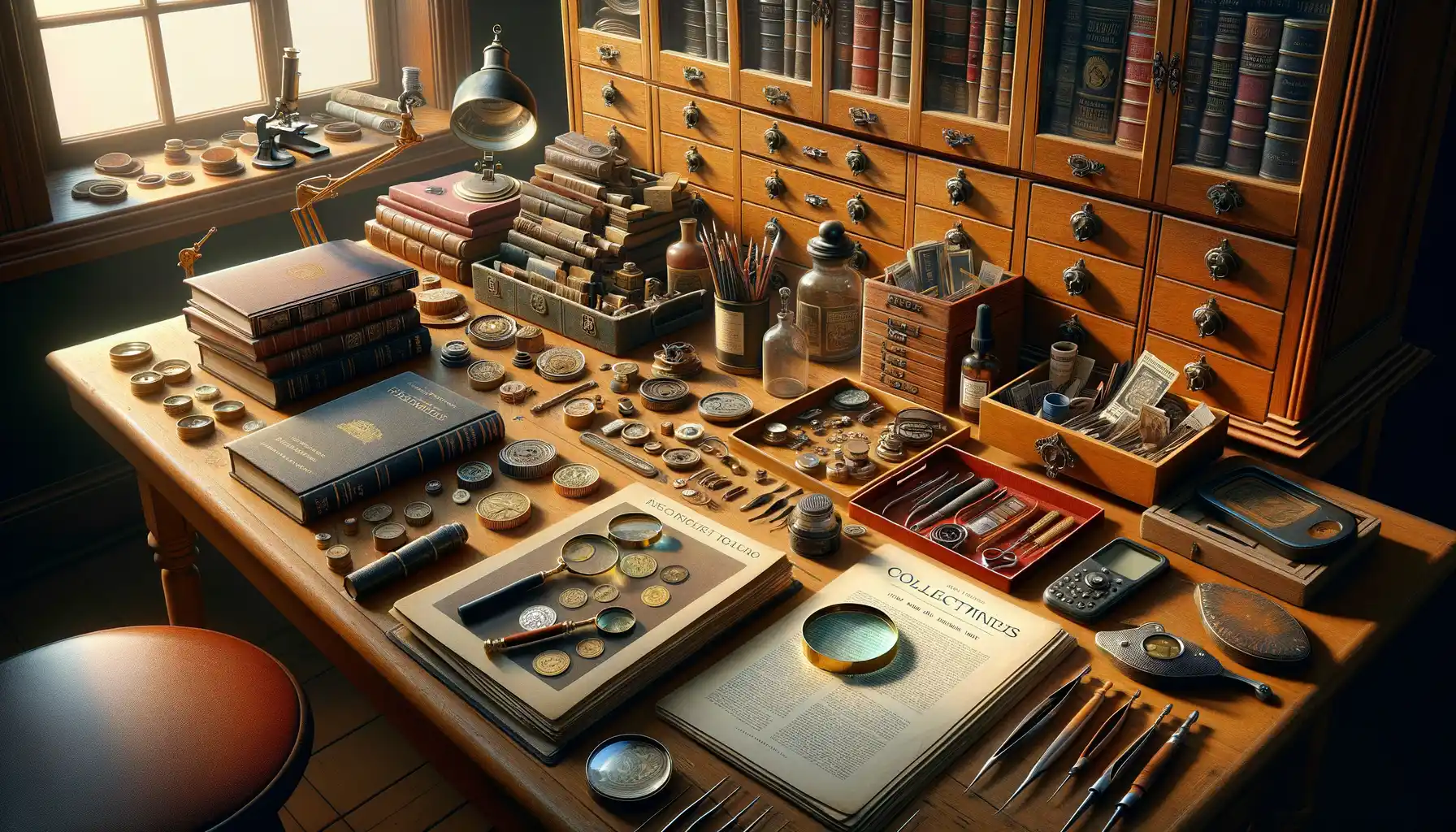
Your Treasure-Hunting Toolkit
Finding rare mintmarks can feel like piecing together a cryptic puzzle—but fear not, because the right tools can make all the difference. Every collector needs a trusty arsenal to navigate the world of rare coins. First, invest in a good-quality magnifier or loupe (10x magnification works wonders). A poorly lit room and straining eyes won’t help you spot that elusive tiny mark.
Second, digital tools are your allies! Download coin identification apps—some even use image recognition to guide you. Platforms like Numista and NGC Coin Explorer should be your go-to for detailed reference data. Need to cross-check? Many collectors swear by online forums like CoinTalk, where you can connect with experts from around the globe.
- A comprehensive mintmark catalog (check out publications like Whitman’s Guide) keeps you one step ahead.
- An accurate coin scale and calipers will help validate dimensions when something feels “off.”
This isn’t just about amassing items—it’s about telling stories from history, decoding secrets hidden in plain sight. So, grab those tools and start chasing your next great find!


